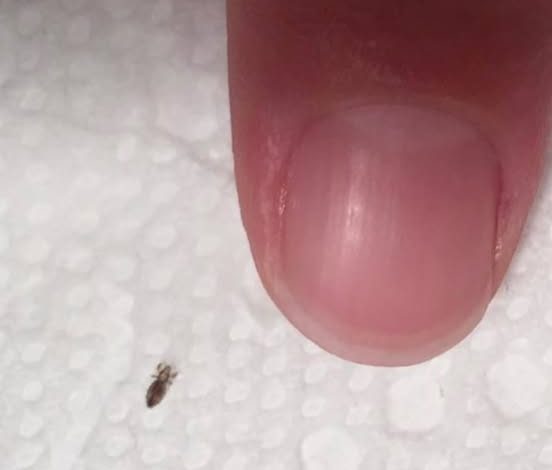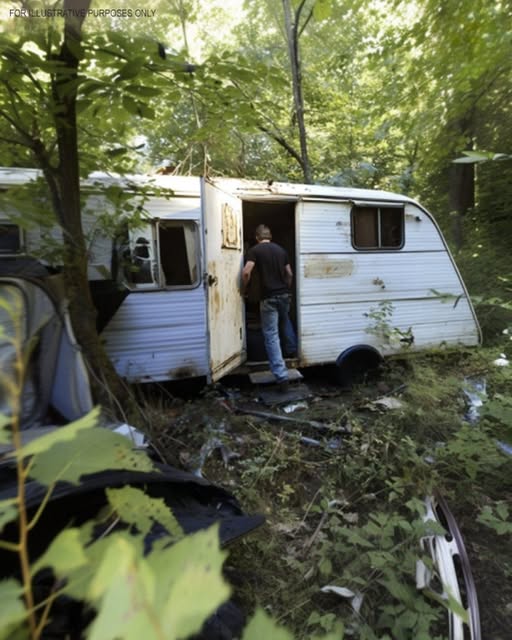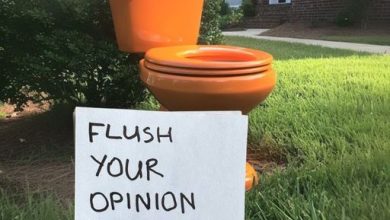
If you find this bug in your hair, How to get rid of them and stop them coming back
Let’s talk about a nightmare that makes every parent’s skin crawl: head lice. If you’ve ever gone to war with these stubborn little pests, you know it’s not a quick battle — it’s a drawn-out campaign of itching, combing, and maybe a few frustrated tears (yours or the kids’, take your pick). They show up out of nowhere, especially right when the school year starts, and they’re annoyingly good at sticking around. But with the right strategy, you can kick them out and make sure they don’t come back.
Head lice are tiny, wingless insects that feed on blood from the scalp. They move fast, lay their eggs — called nits — close to the scalp, and spread easily through direct head-to-head contact or by sharing personal items like hats, combs, headphones, or pillows. Nits cling tightly to hair strands, making them tricky to remove, and adult lice can survive up to 48 hours away from the scalp.
To get rid of them, start with an over-the-counter medicated shampoo or lotion made specifically to kill lice. Follow the directions exactly, applying the right amount and leaving it on for the recommended time. After treatment, comb out the nits with a fine-toothed nit comb on wet hair, working in small sections and wiping the comb clean after each pass. This step is crucial to prevent them from coming back. Most treatments need to be repeated after 7–10 days to kill any lice that have hatched since the first round.
It’s also important to clean the environment. Wash bedding, hats, scarves, and recently worn clothes in hot water. For items that can’t be washed, seal them in plastic bags for two weeks to ensure any lice inside starve. Vacuum carpets, furniture, and areas where the affected person has spent time.
Preventing head lice is all about reducing opportunities for them to spread. Teach kids not to share combs, hats, or scarves, and to avoid head-to-head contact. During school season, check their hair weekly for early signs — spotting them early makes treatment much easier. If your child has long hair, keeping it tied back in a braid or bun can help reduce the risk.
If over-the-counter treatments don’t work after two rounds, or if you notice redness, swelling, or pus on the scalp, it’s time to see a doctor. Prescription-strength treatments may be needed to fully get rid of the infestation.
Lice may be relentless, but with patience, persistence, and the right approach, you can send them packing — and reclaim your family’s peace of mind.




